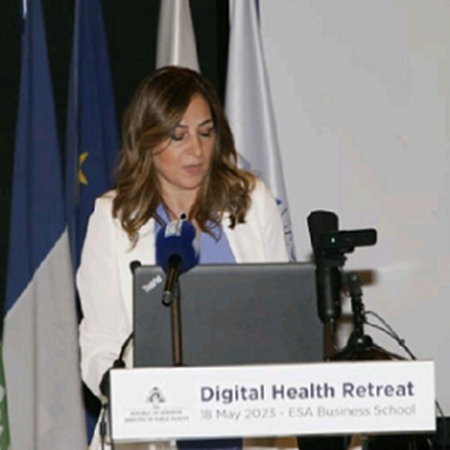Lebanon
Hub: Beirut Arab University, Lebanon
Title: Strengthening Lebanon's pandemic surveillance system through AI-driven automation of laboratory data.
Team Members
General Objectives
The project’s objective is to improve the performance of the current pandemic surveillance system in Lebanon on multiple levels:
1. Systematize the detection of infectious pathogens (and pathologies) subject to national or regional surveillance, through extracting data directly from the healthcare institutions information systems and laboratory information systems.
2. Optimize the identification of significant trends in data that prompt expert attention through automated rules and alerts validated by experts.
3. Improve the consolidation of information in one central real-time dashboard for visualization of important epidemiological surveillance data and trends, for better decision-aid.
After a pilot in one university healthcare institution in the inception phase where a prototype of the system will be elaborated, tested and compared to the existing system, a roadmap will be developed for implementation on a national scale in collaboration with the MoPH
Specific Objectives
1. Identification of the key infectious pathogens and pathologies that need routine epidemiological surveillance with the research team, in collaboration with the MOPH expert.
2. Elaboration with an expert panel of the metrics and trend alerts as well as the interpretation rules for each of the aforementioned pathogens and pathologies, based also on a literature review of this knowledge area.
3. Elaboration of a software interface and program for the collection of data from the Hospital and Laboratory Information System, using internationally recognized interoperability standards and nomenclatures (FHIR /HL7, LOINC, etc.).
4. Development of AI-based algorithms (both rules-based and using machine learning) to support the expert-defined rules of interpretation.
5. Incorporation of the algorithms in a pilot platform.
6. Testing of the pilot platform for reliability and validity of data and alerts (using known metrics such as sensitivity, specificity, positive predictive value, negative predictive value, AUROC and AUC-PR, etc.)
7. Comparison of the data and alerts retrieved from the pilot platform to the data collected through the normal MOPH process.
8. Publication of the research results, regular dissemination of knowledge
9. Elaboration of a roadmap for generalization of the approach to other institutions and further to the national level.








